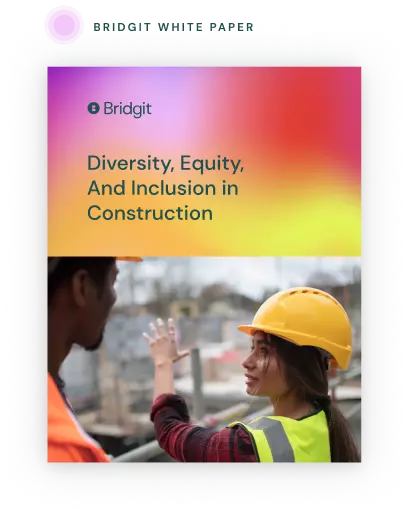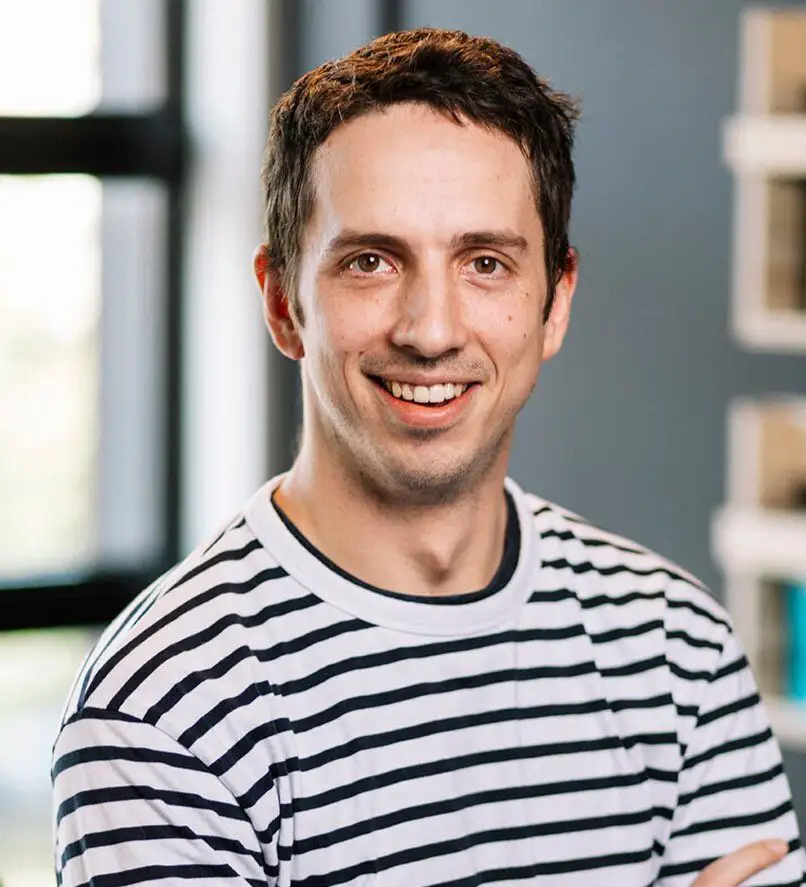With construction professionals making up a significant portion of the North American workforce, and the industry poised to bounce back from the setbacks brought on by COVID-19, managing human resources has quickly become one of the most important processes for organizational success. After all, your people are your most valuable asset – a fact that rings more true today than ever before.
Table of Contents
Construction human resources, like many industries, manage the company’s workforce, recruitment, employee training and development, and any personnel disputes or conflicts. That also includes identifying any skill gaps and developing your existing team to help fill those gaps. On top of that, since construction is a milestone-driven industry, human resources will also be expected to forecast productivity expectations and future labor demand.
The responsibilities mentioned above can be a tall mountain to climb for any skilled member of your HR team, especially if they are relying on outdated software to track and monitor your workforce. With new construction-specific software and technology being developed to drive core efficiencies, you might be wondering if it’s time to better support your HR initiatives by switching to automated resource planning solutions.
In this article we’re going to explore a few ways construction resource management tools, like Bridgit Bench, are helping to reshape how general contractors manage and develop their human resources.
How resource planning can help improve human resource management
Skills tracking
With construction being such a dynamic industry and with every project being different than the last, accurately tracking your individual team members skills and experience can be extremely tedious. If you or your team have ever tried to track and maintain your workforce data in a series of spreadsheets or whiteboards, you’ve no doubt felt the pain of time-consuming, often-duplicate data entry.
Effective construction resource management software was designed to help streamline core processes, and that includes human resource management. Tools like Bridgit Bench allow you to customize your resource planning to quickly and easily track any information relevant to your organizational success. That means you’re able to not only track your team’s experience on different build types, you’re also able to quickly reference a full project history for each employee to ensure you’re allocating the best person for the project at hand.
You can also create custom fields to track soft skills for your team that help identify which team members might be the best options to move up the company ladder. Tracking skills like communication, problem solving, planning, and goal setting can all help your HR team identify the “cream of the crop” from your team and further nurture high performers. For more information, read our ultimate guide to HR in construction.

Addressing diversity, equity, and inclusion in construction with empathy
Download our white paper to see the industry’s challenges in attracting and retaining talent from historically underrepresented populations.
Recruitment needs
Employee turnover can be devastating to an organization’s bottom line. According to Forbes, the cost of replacing a mid-level position can cost up to 125% of the position’s salary when you take into consideration the cost of recruitment, training, and accommodation costs (equipment, supplies). That’s if the new recruit works out. According to a Forbes survey, the future of the workforce retention is rather grim with 49% of Millennials indicating they would likely quit their job within the first two years of being employed.
Not to mention the opportunity cost. The cost of potential business lost because you didn’t have the proper resources to meet project demands can negatively impact your bottom line.
As discussed earlier, outlining career development is one way to combat this issue. However, one of the best ways to avoid high turnover is to allow more time during the recruitment process to ensure you’re selecting the best candidate. Often the construction industry will fall victim to “reactionary hiring” and only begin the hiring process once a project is already underway and is demanding more resources.
Construction resource management tools help to stay ahead of your recruitment efforts by providing insight into your workforce utilization. You can easily identify trends in your project resource demands and better plan to meet them to help drive your projects forward. You can also identify work teams that may be spread too thin and could use more support. For example, if your Project Engineers are being fully utilized for the next 8 months, it might be beneficial to use that as a warning sign that you’ll need to bring another Engineer on board so the quality of work doesn’t drop.
Skills gaps
An alternative to hiring new employees is developing your team internally to take on new positions and responsibilities. However, the process of identifying skills gaps and understanding the experience and skills required to take on a new role can be extremely challenging when using manual processes to track your staff.
Resource management tools built for the construction industry were designed to help streamline that process by surfacing information and employee data relevant to the internal development for your team. Similar to the example mentioned in the previous section, tools like Bridgit Bench can provide valuable insight into your workforce utilization. That means not only are you able to identify that your Project Engineers are spread too thin, but you can also reference your Engineering team’s skills, certifications, and experience to help inform the development of employees you think might be a good fit to take on a new role.
Career development and performance management
Employee turnover has always been a major concern for the construction industry. General contractors that are able to retain their skilled workers immediately have a leg up in a highly competitive industry. According to LinkedIn’s Workforce Learning Report, 94% of employees said they would stay at their current company longer if it were to invest in their career development.
The desire for a clear career path is especially strong with the new generation of workers set to take over the existing workforce. LinkedIn’s report also indicated that Gen Z and Millennials value learning on the job as their highest priority when choosing a career. When you combine that with the 25% of Gen Z and Millennials that say the primary reason for leaving their job is a lack of opportunity for growth, you can clearly see the importance of nurturing your team member’s careers.
Resource management tools allow you to better track your team’s development including hard and soft skills, project experience, and certifications. Having greater insight into your team’s development will enable you to present them with opportunities for career growth instead of your team members having to ask. This can help to show your team that not only do you value the work they’re doing, but also that you see a promising future for them within your company. This can result in not only your employee engagement but also your retention rates. Read this article for useful tips for developing your existing team.
Resource management is one of the few processes that touch every department in a construction company. Your workforce impacts everything you do. Continuing to manage your workforce in a series of spreadsheets or software not built for the complex nature of construction can prevent you from properly tracking your team and monitoring their career development. Tools like Bridgit Bench can be an absolute game changer for operations and human resources when it comes to managing your workforce and help gain a competitive edge when it comes to recruitment and closing skills gaps.
Think your workforce planning meetings could be more productive?
Download our ebook to learn how to run efficient, effective workforce planning meetings with your team.
Bridgit Bench, our cloud-based workforce intelligence solution, also integrates with popular HR software to ensure a seamless flow of accurate, decision-making information from your HR tools to your workforce plan. This information helps to create a more strategic HR process and can help avoid hiring in the eleventh hour, something every HR department would appreciate.




